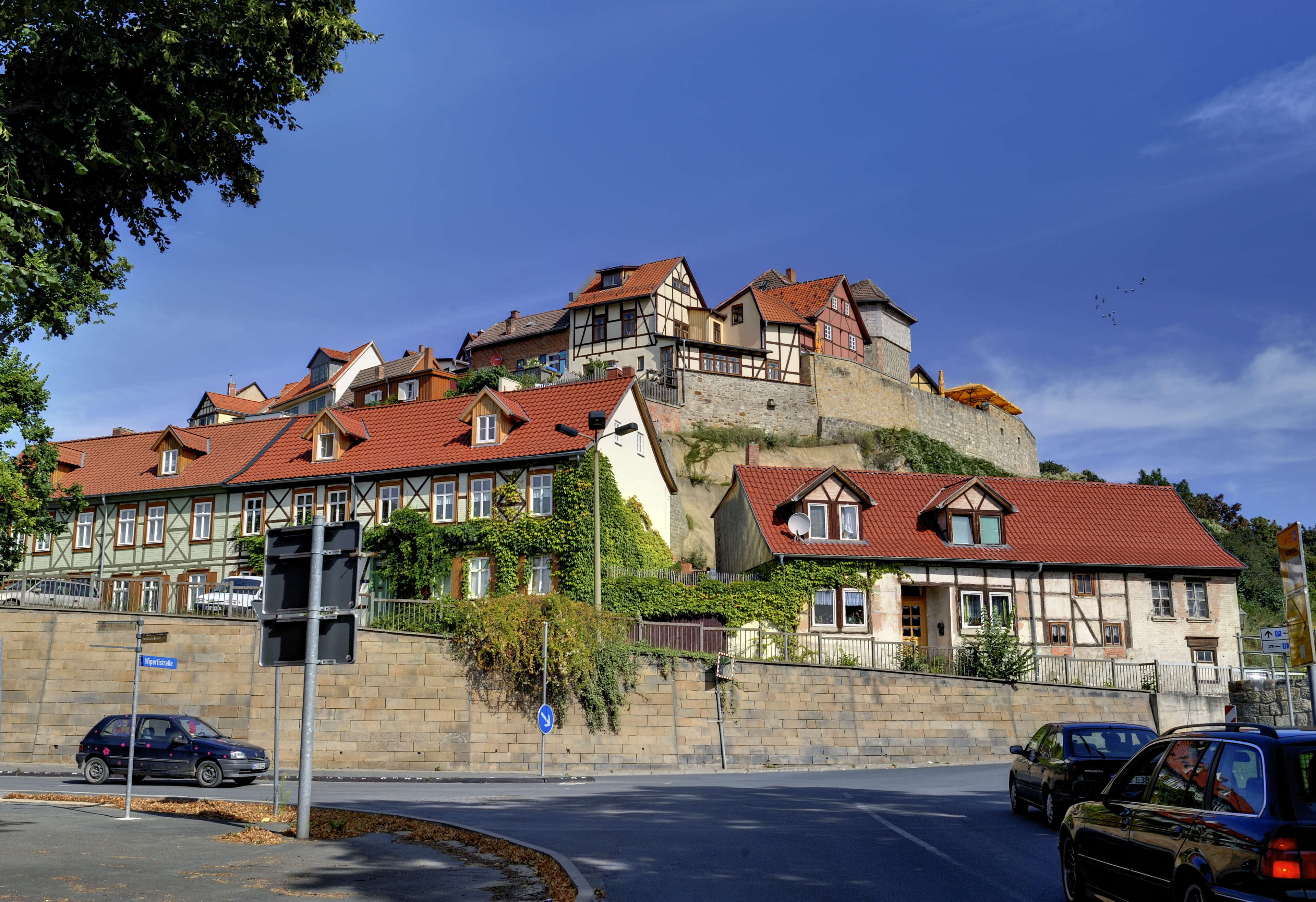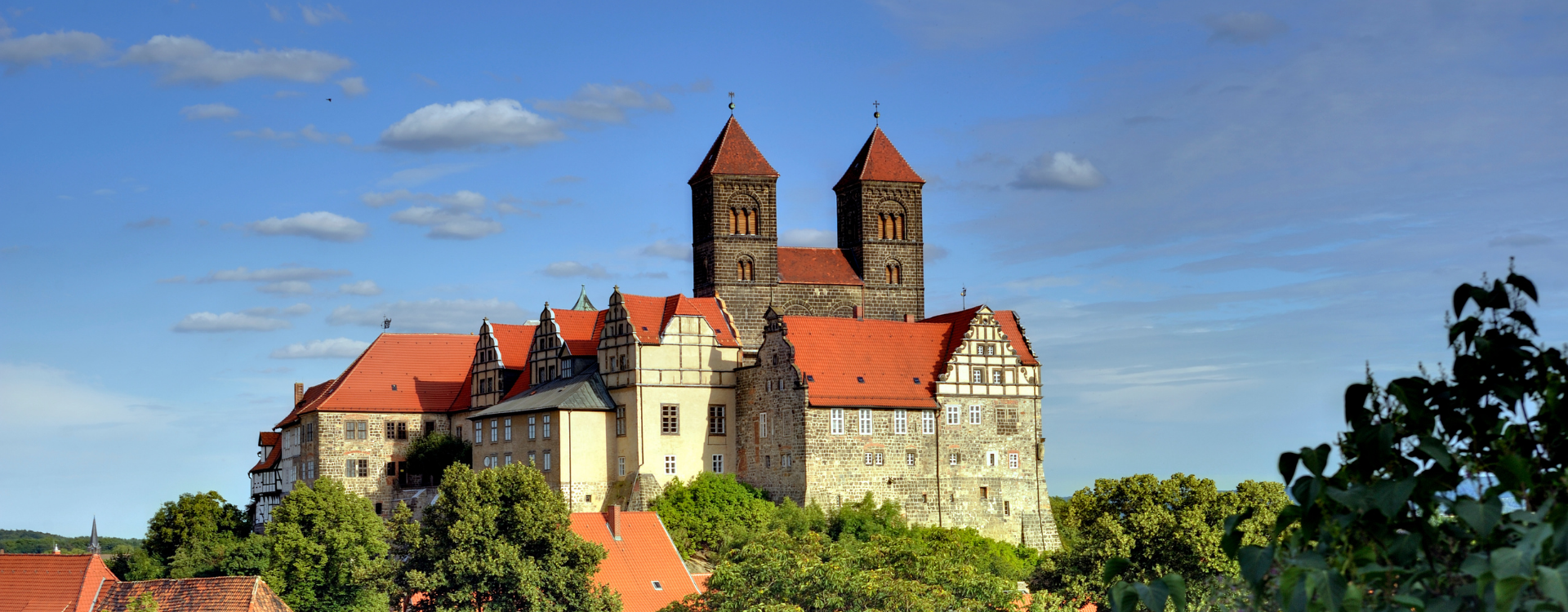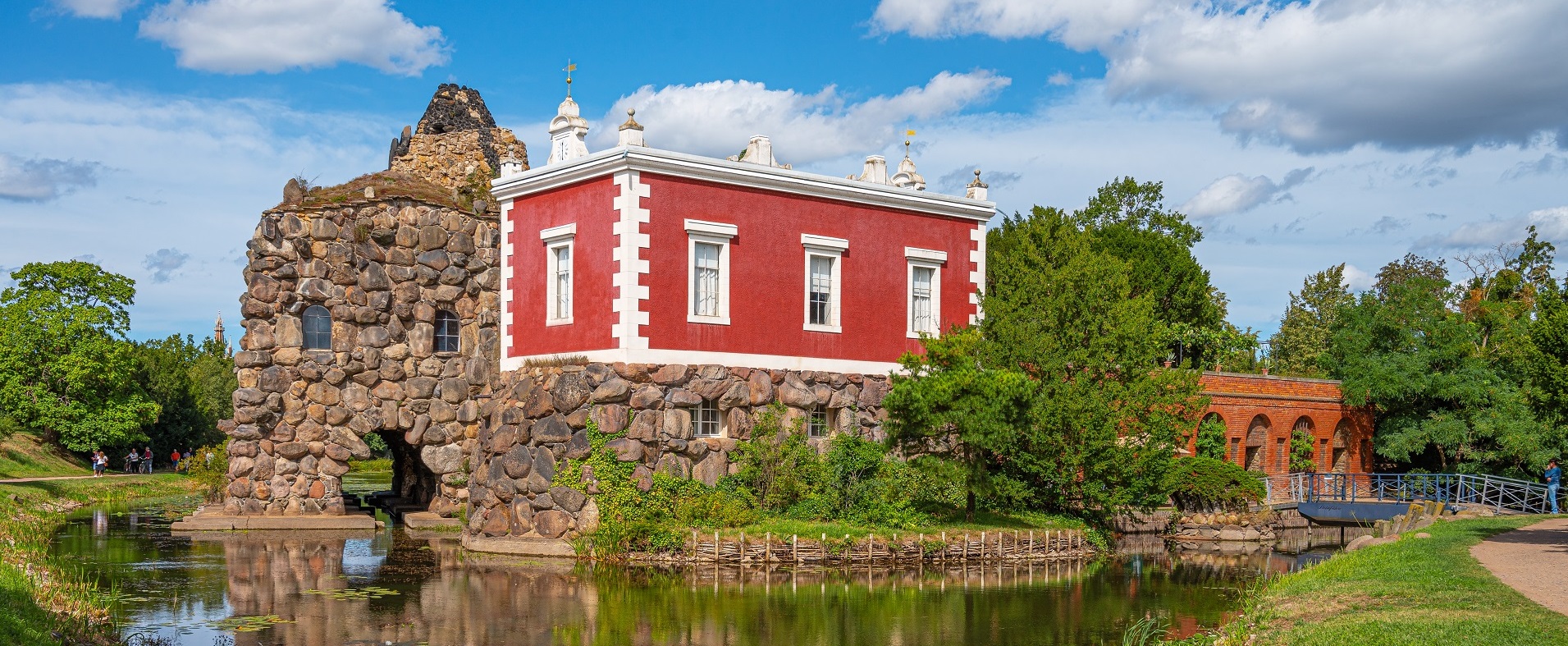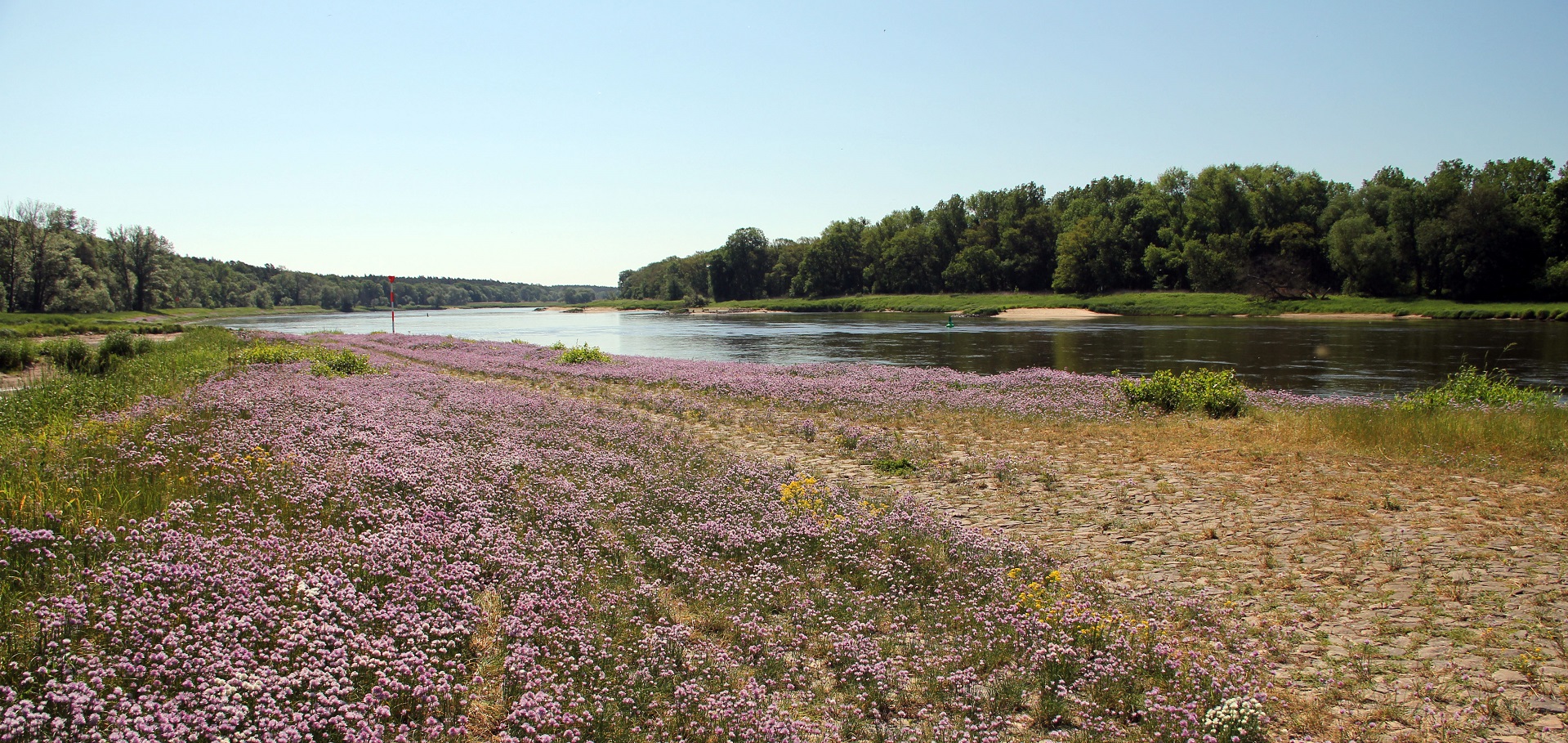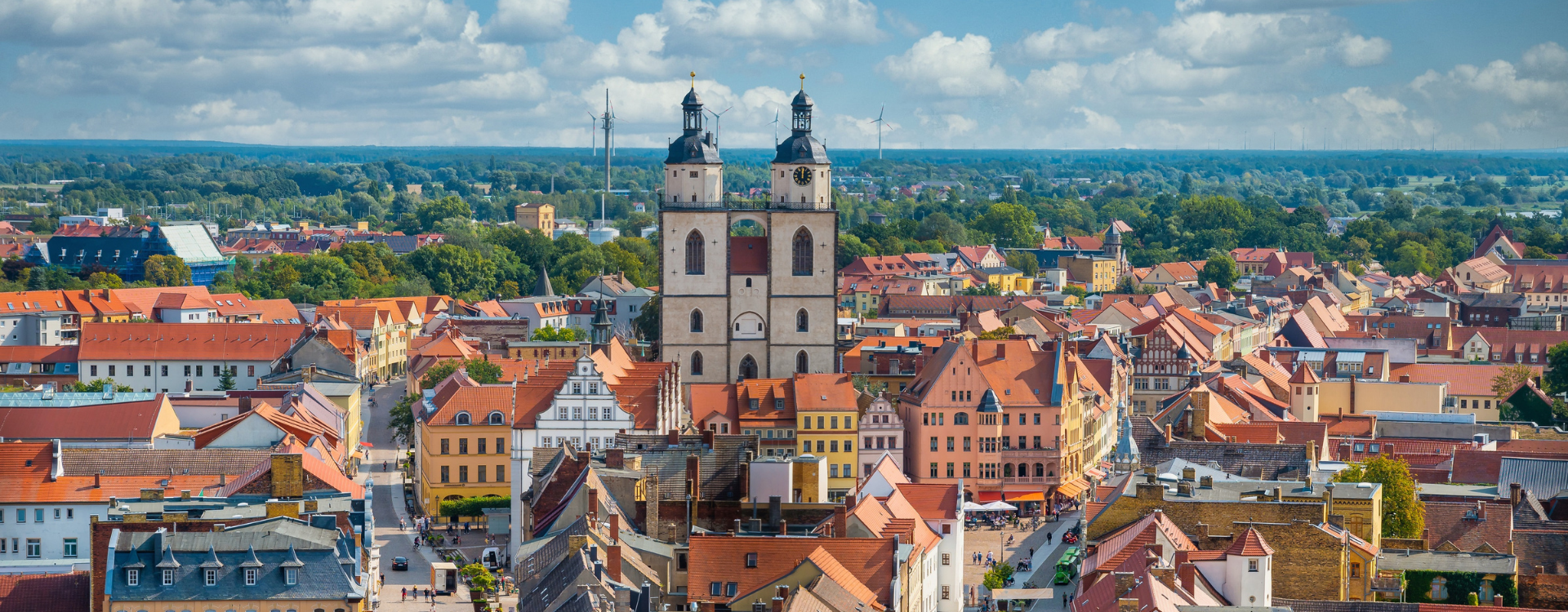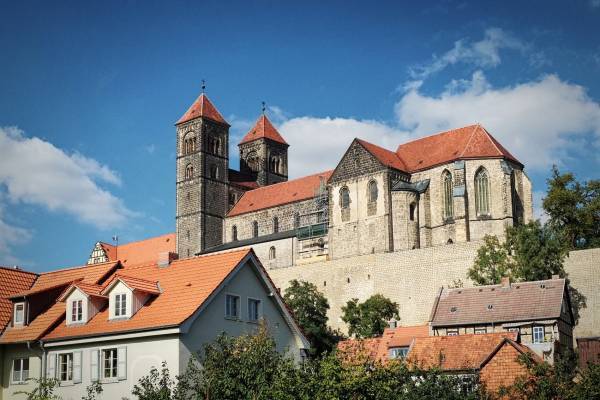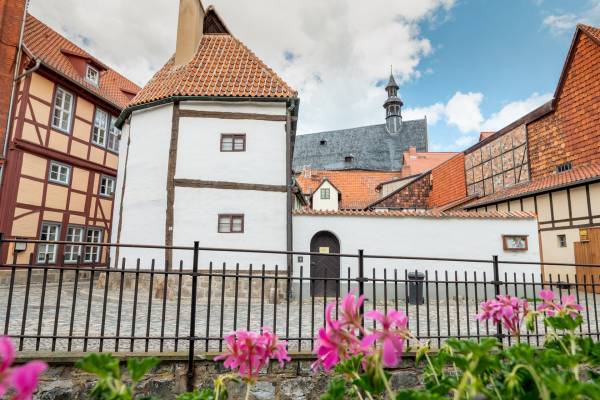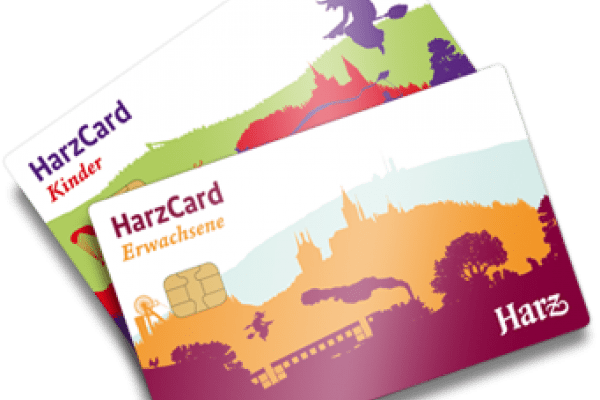World Heritage Cycling on the R1 through Saxony-Anhalt
This bike tour from Quedlingburg to Wittenberg passes five of the seven UNESCO World Heritage Sites in Saxony-Anhalt. Starting in the UNESCO World Heritage town of Quedlinburg, the Aller-Harz route runs to the neighboring town of Bad Suderode, where it joins the European cycle route (Euro-Route) running west to east through the World Heritage region Anhalt-Dessau-Wittenberg. Here, visitors can explore four UNESCO World Heritage Sites within a radius of just 35 km. The distance covered is approx. 190 km.
There are many cultural highlights along the way, but nature lovers also get their money’s worth. Starting in the Harz National Park, the Euro-Route leads through the local lake district (Harzer Seeland), the Salzlandkreis, characterized by its namesake mineral treasure (salt, "Salz") and the Lower Saale Valley Nature Park straight to the first UNESCO highlight: the Dessau-Wörlitz Garden Kingdom. Add this to the UNESCO Biosphere Reserve Middle Elbe between Dessau and Wittenberg, and you have a discovery tour through the impressive natural treasures of Saxony-Anhalt.
Sights along the R1 Euro-Route
UNESCO: Luther | Bauhaus | Garden Kingdom
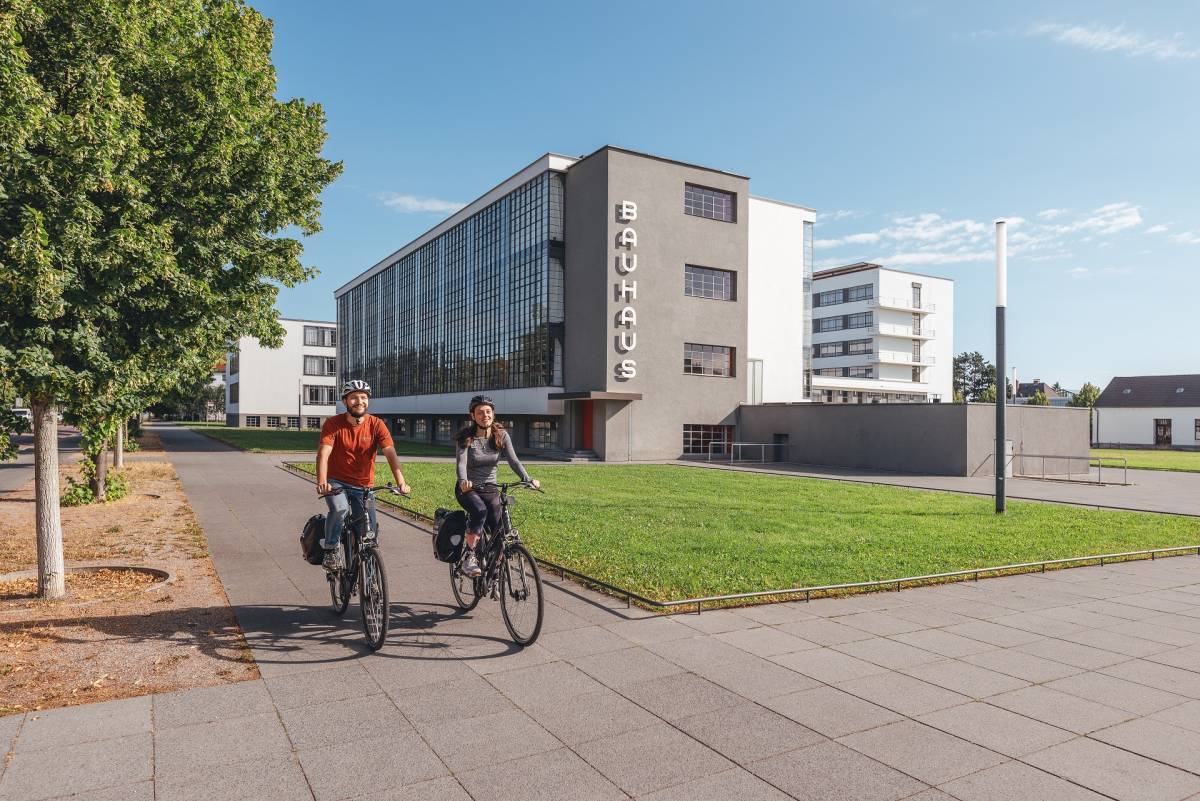
UNESCO World Heritage: Bauhaus Dessau with master’s houses and houses with balcony access (Laubenganghäuser)
Dessau and the Bauhaus share a lot of history. It was in Dessau that the school, founded by Walter Gropius in Weimar in 1919, operated the longest, and also lived its heyday (1925 and 1932). The Bauhaus building and the Meisterhäuser became a UNESCO World Heritage Site in 1996. In 2017, the World Heritage Site extended to include the Laubenganghäuser.
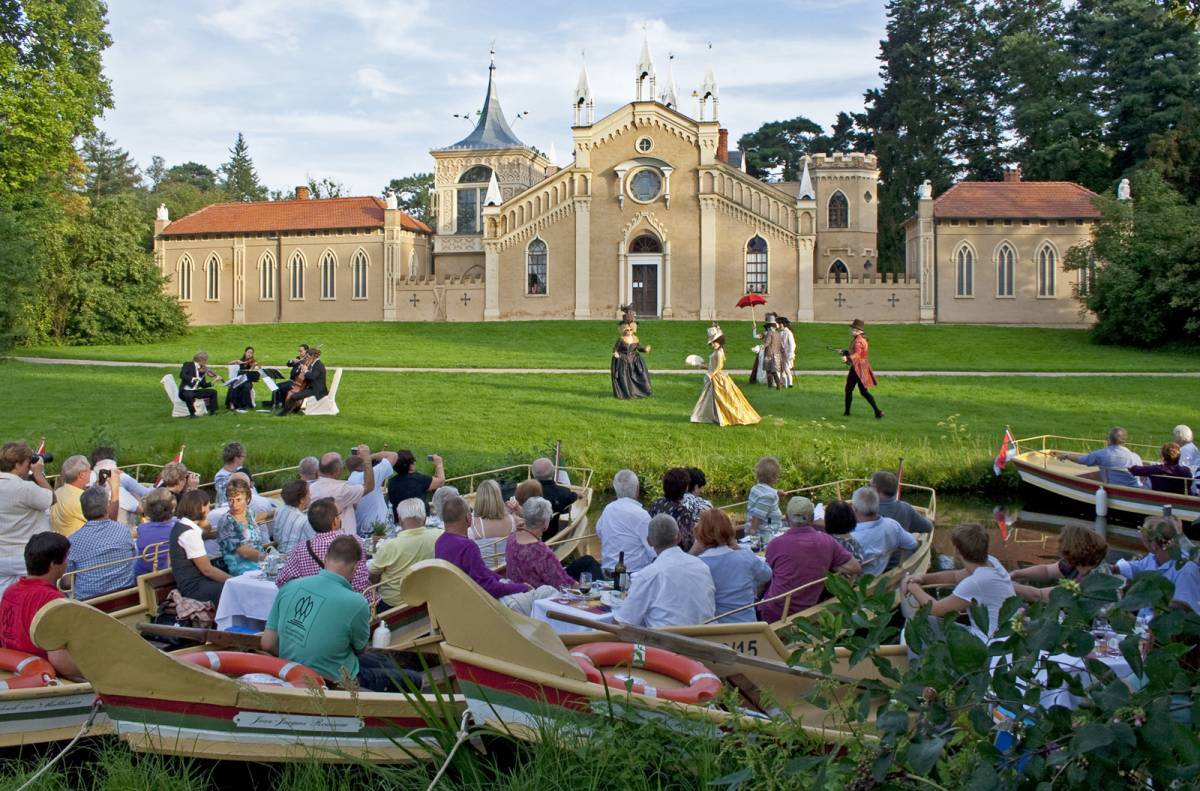
UNESCO World Heritage: Dessau-Wörlitz Garden Kingdom
A fascinating cultural landscape, recommended by Goethe himself back when, awaits between the rivers Elbe and Milde: the Dessau-Wörlitz Garden Kingdom. After his travels through Europe, Prince Leopold III Friedrich Franz connected ideas of the Enlightenment with the landscape design of the 18th century. The famous Wörlitz Park, the Baroque layout of Oranienbaum Park and Palace, the Mosigkau Palace and the Luisium Park and Palace are just a few examples. In 2000, the Garden Kingdom, including its buildings, gardens and art collections, became a UNESCO World Heritage Site.
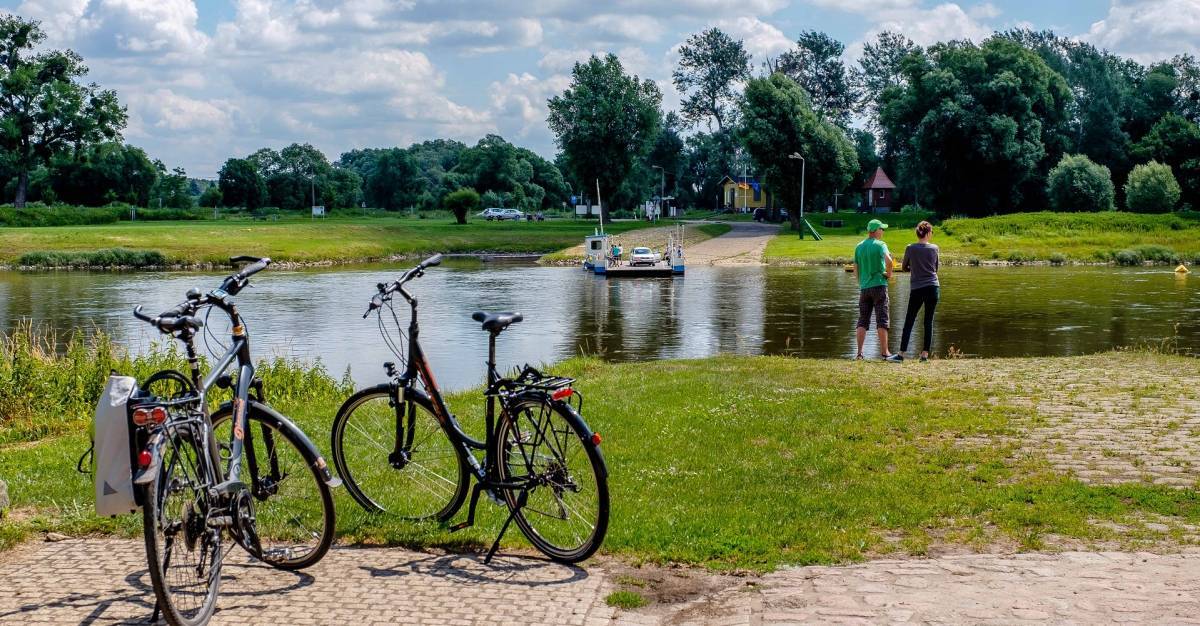
UNESCO World Heritage: Biosphere Reserve Middle Elbe
The unique flora and fauna and the fantastic floodplains of the Biosphere Reserve Middle Elbe became a UNESCO World Heritage Site in 1979. Being the largest part of the transnational biosphere reserve of the Elbe riverscape, the reserve strives to protect near-extinct animal and plant species such as its famous symbol, the Elbe beaver. The Auenhaus information center supplies details about the reserve in a playful, family-friendly way.
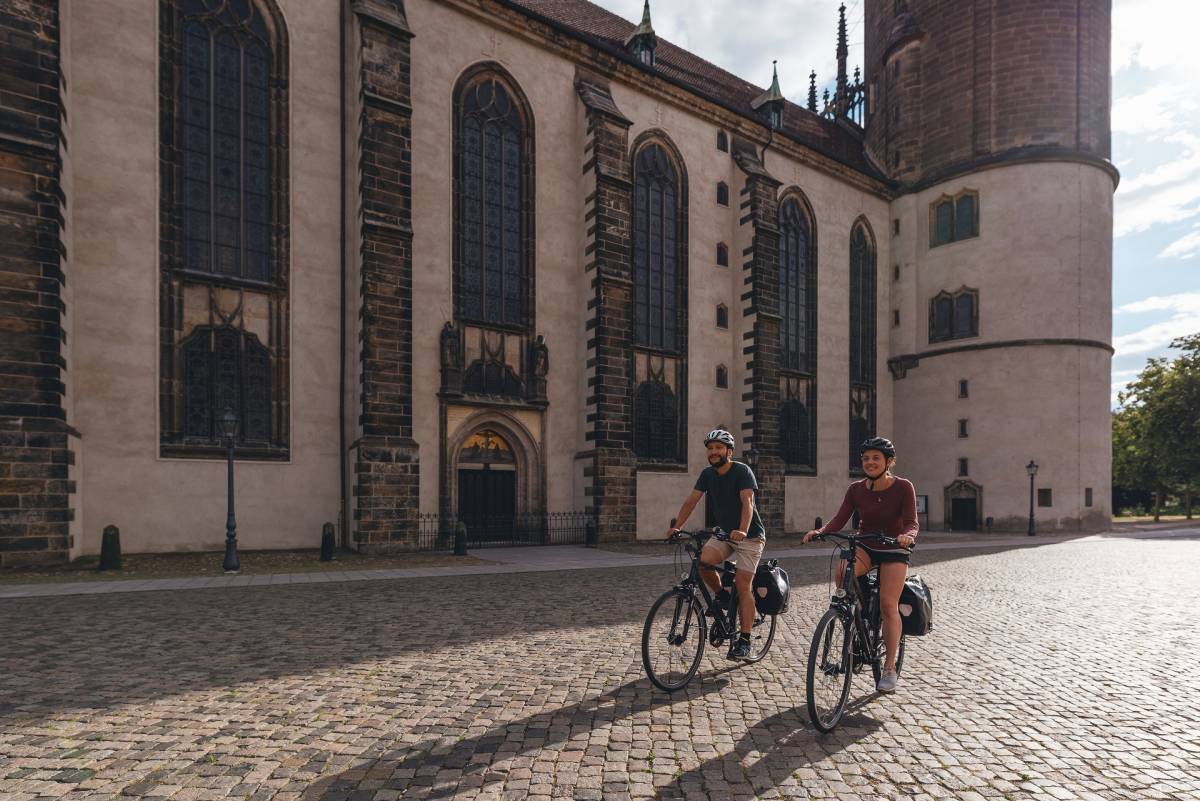
UNESCO World Heritage: Luther and Wittenberg
The 500th anniversary of the Reformation strongly underlined the status of the home city of the Reformation. Elements such as the „thesis door“ of the Wittenberg castle church, on which Martin Luther nailed his 95 theses, bear witness to the historical significance of these local events that rang in a new era. There is a lot to explore, from the homes of the Cranachs and the town church’s imposing altar by Lucas Cranach the Younger to the former home of Luther and that of his faithful companion Philipp Melanchthon. All memorials connected to Luther are located along the promenade in Wittenberg’s old town.
